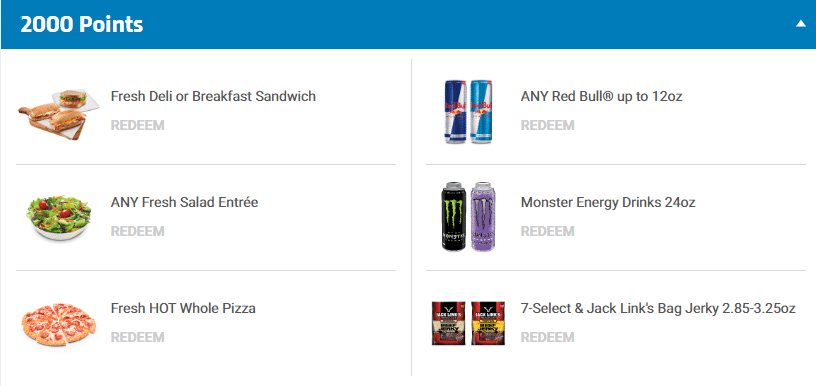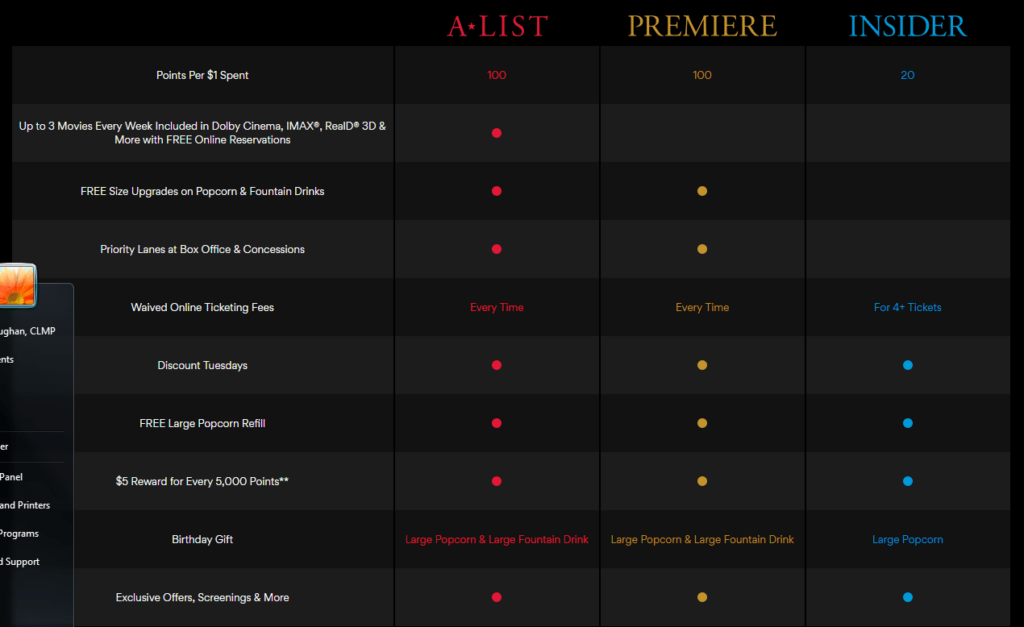Loyalty sponsors are changing the way they think about their loyalty programs’ value propositions. In an era of ever-increasing shifts to customer centricity, brands are learning that points for dollars, converted to automatically issued reward certificates, might not be the most engaging strategy to motivate desired behavior. We will examine how several brands are responding to this realization by giving members more choice and control in their loyalty programs. Marketers who have read B.F. Skinner understand that reward components experienced in loyalty programs reinforce desired behaviors: “Behavior, followed by a reward (positive reinforcer), is more likely to recur.”
By: Terri Gaughan, CLMP, Senior Strategist
Choice is good
Marketers who understand theories of choice and the emotional benefits of providing consumers choice and control are removing friction and increasing motivation in the reward experience. Individuals choose rewards that maximize their interests and satisfy their individual needs. So some level of choice in reward options will provide increased member satisfaction.
Too much choice is bad
There must also be a balance in the amount of choice given to consumers. Studies have shown that when customers are given a large number of options to choose from they have a much harder time making a decision. As Barry Schwartz states in Paradox of Choice, “As the number of choices keeps growing, negative aspects of having a multitude of options begin to appear. As the number of choices grows further, the negative escalates until we become overloaded. At this point, choice no longer liberates but debilitates.”
So a strategic approach to choice can create balance between members’ desire for control and the potential to overwhelm, like an equally balanced scale.
Control is great
Several studies dating back to the 1960’s (e.g., Martin Seligman) found that a sense of control is a powerful emotional benefit resulting in consumers who have a sense of control and purpose and higher self-esteem. So giving consumers choice and control benefits them in an emotional capacity. But it also has proven benefits for the loyalty program sponsor. Rashan Dison stated in March of 2019 that, “The more brands can make customers feel empowered the more likely they are to win new customers and to maintain the loyalty of returning ones.”
Who is doing it well
Program evolution is mandatory for a successful loyalty program. We have seen several recent examples of programs that have evolved to deliver the balance of choice and control that loyalty program members’ desire. Let’s take a look at a few examples.
1) Starbucks Rewards
In 2016, Starbucks changed the entire earn and burn component of their program, moving from a frequency-based to a spend-based model. In the 2016 program, members earned 2 stars for every dollar spent and they could redeem for a free reward after earning 125 stars, approximately $75. Members with lower average spend perceived the new threshold as unattainable.
Starbucks may have studied the economic principles of the Goal Gradient Effect and the Endowed Progress Effect (see below) as they reevaluated their redemption thresholds in 2019. The new reward schedule gives members more choice and control and makes rewards easier to attain. Members still earn 2 stars per dollar and they can now choose to redeem as little as 25 stars (approximately $12.50) or they can choose to bank their points for higher level rewards.
- Star Threshold (25 Stars)
- Free espresso shot
- Dairy substitute
- Additional flavor
- Star Threshold (50 Stars)
- Brewed how coffee
- Hot tea
- Select bakery item
- Star Threshold (150 Stars)
- Handcrafted drink
- Hot breakfast
- Yogurt parfaits
- Star Threshold (200 Stars)
- Lunch sandwich
- Protein box
- Salad
- Star Threshold (250 Stars)
- Select merchandise
- Packaged coffee
Clark Hull’s Goal Gradient Effect states that the desire to approach a goal increases with the proximity of the goal, i.e., members purchase more frequently the closer they get to earning a reward.
Endowed Progress Effect, Dreze and Nunez, states that the perception of progress toward a goal increases the effort to achieve the goal.
2) 7-11 7Rewards
In 2015, 7-11 launched 7Rewards with a limited value proposition, for every six beverages purchased members received the 7th free. To participate, members needed to download the 7-11 app.
The program evolved in 2017 to include a point-earning component. Members earned 25 points for every dollar spent. Points could in turn be redeemed for food and drinks. The new structure was an improvement that rewarded more holistic behavior giving members more choice in their rewards.
In 2018, 7Rewards changed the earn ratio to 10 points per dollar spent. They published a reward schedule that gave members more choice in what rewards they could redeem for and allowed members to determine when they want to redeem based on the 4 published reward levels.




3) AMC
The AMC Stubs program launched in 2011 as a new loyalty solution for AMC Theatres. It was a paid program with an annual program cost of $12. Upon enrollment, members had immediate access to discounts on food and beverage. There was also a points component where members earned 1 point per dollar spent, good towards a $10 reward for every 100 points earned/$100 spent with AMC.
In 2016, AMC realized that less frequent theatre goers wanted to participate in the AMC loyalty program. A two-tier program was introduced that had a “free to join” component, AMC Stubs Insider, while continuing to offer an annual paid-tier ($15), AMC Stubs Premiere. Both tiers reward members for spend (20 points/dollar for Insiders, 100 points/dollar for Premiere members). Points convert to a $5 reward at the 5,000 point threshold.
Further, acknowledging yet another segment of customers who are highly habitual movie-goers, in 2018 AMC introduced AMC Stubs A-List. The A-List members pay approximately $20 a month for the benefit of attending up to 3 “free” movies each week.
Clearly AMC was interested in giving movie-goers choice and control in how they experienced their loyalty program and earned rewards.

Other quick hits
Here are few other quick examples of how different verticals are providing members choice and control in how they consume loyalty program benefits:
- DSW introduced a program enhancement, Annual MyPERk, in connection with the 1 year anniversary of their DSW VIP loyalty program. The new MyPERk gives members a choice of three annual perks to add to their benefits.
- Several QSR’s have added a point-earning component to their programs including Buffalo Wild Wings, Caribou Coffee, and Chik-Fil-A.
- Department stores that have typically required spend on their private label or co-branded credit cards to earn rewards are moving into multi-tender loyalty programs.
- CITI just announced a change to ThankYou Rewards where cardholders can use ThankYou Points toward eligible PayPal purchases at millions of merchants
- Hospitality and travel programs have introduced the ability to pay with a combination of points + dollars.
- And at the recent CRMC, Footlocker introduced the concept of a rewards catalogue with sweepstakes and digital downloads, and Sephora introduced more choice in their birthday gifts.


Summary
Astute loyalty marketers understand that loyalty programs, executed well, must appeal to both the emotional and rational sides of consumers’ loyalty. It makes sense to give loyalty program members choice and control in how they achieve rewards, so they can experience the long-term emotional connection with the brand on their terms.




